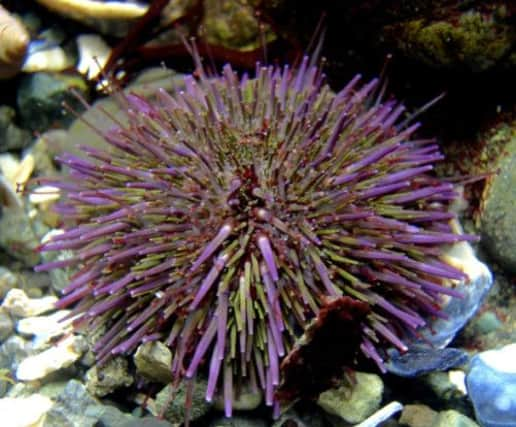Shetland coast threatened by alien marine species


The Marine Spatial Planning Team at Shetland’s North Atlantic Fisheries College (NAFC) Marine Centre, backed by Marine Scotland, have produced a definitive guide to help fish farmers and fishermen to identify non-native species that could pose a potential threat to area’s fishing and aquaculture industries.
Some of the alien invaders have already been found off the coast of the British mainland, including the carpet sea squirt, a filter feeding marine invertebrate from Japan which has managed to hitch a lift around the globe on boat hulls and in ballast water.
Advertisement
Hide AdAdvertisement
Hide AdFour of the species have already been found in nearby Orkney and two on the list are already feared to be in Shetland waters
Rachel Shucksmith, the marine spatial planning manager at the Scalloway-based NAFC, said: “There is a risk that they could spread to Shetland from elsewhere in the UK, where they are becoming an increasing problem.
“There are now a number of species which have been introduced to the marine environment in the UK, some of which have been here for several decades and have been slowly spreading around the coast, and some which have been introduced more recently.”
Although survey work has taken place around the Scottish mainland to establish the presence of introduced species, a specific non-native species survey had never been undertaken in Shetland.
Ms Shucksmith said: “Several introduced species can cause problems for aquaculture and fisheries, including the ‘carpet sea squirt’, which is also known by the less attractive name ‘marine vomit’. This species, which is originally from Japan, can be found on the south coast of England and in Ireland, where it has been causing problems for the shellfish industry by smothering oyster beds. It can also smother farmed mussels.”
Dr Jacqueline Tweddle, the marine spatial planning project officer at the NAFC, said: “ We would be interested to hear from anybody who thinks they have found any unusual species. We would be grateful if they could send us a picture or bring a sample to the NAFC Marine Centre.”